PDF MP3 | 174.85 MB
英文简介:
Gypsy Rhythm is a complete tutorial on Gypsy jazz accompaniment styles that will be beneficial for guitarists at any skill level. Beginning students will find this book to be an excellent way to develop proper technique, learn authentic Gypsy-style chord voicings and rhythms, and develop a repertoire of standard songs commonly played at jam sessions. More advanced students will benefit from the advanced rhythms, chords, and comping ideas transcribed directly from Django Reinhardt, Stochelo Rosenberg, Nous'che Rosenberg, Bireli Lagrene, and other notable Gypsy guitarists. Gypsy Rhythm is much more than a fake book; it is a comprehensive tutorial that will take you from the foundations of Gypsy jazz accompaniment to its most virtuosic techniques.
This 296 page spiral bound book and 3 CDs contain:
Proper body and hand positions
The la pompe swing rhythm
Gypsy style chord voicings
Gypsy style turn-arounds and chord substitutions
Gypsy style reharmonization techniques
Advanced rhythmic and chordal embellishments
Comping and "bass and chords" style playing
Chord progressions for over a dozen Gypsy jazz standards
Detailed transcriptions of rhythm guitar and comping parts by Django Reinhardt, Stochelo Rosenberg, Bireli Lagrene, and others
A complete Gypsy jazz chord dictionary
Over 200 notated musical examples with chord charts and tablature
The book is organized into ten sections:
Part 1, "Gypsy Jazz," provides historical information about Gypsy jazz and the la pompe swing rhythm employed by Gypsy guitarists.
Part 2, "Fundamentals," explains proper body positions and practice guidelines that will help you progress more rapidly.
Part 3, "Basic and Intermediate Chords," explains the basic chord voicings used in Gypsy jazz.
Part 4, "Basic Rhythms," explains the traditional la pompe and "flat four" swing rhythms.
Part 5, "la pompe Styles," explains the variations of la pompe that have evolved since Django's time.
Part 6, "Advanced Harmonic Techniques," explains the chordal embellishments, turn-arounds, and reharmonization techniques used in Gypsy jazz.
Part 7, "Advanced Rhythmic Techniques," discusses the rhythmic embellishments and polyrhythms used by professional Gypsy jazz rhythm players.
Part 8, "Bass and chords," explains the Gypsy technique of simultaneously playing a bass line and chords on one guitar.
Part 9 "Comping," discusses the rhythmic and harmonic devices Django used to create excitement behind a soloist.
Part 10, "Transcriptions," includes detailed transcriptions of rhythm parts by Django and other notable Gypsy jazz guitarists.
The accompanying CDs have audio for over two-hundred examples and transcriptions. A number of original performances by Django Reinhardt are included.
Gypsy Rhythm is unique in that multiple versions of each song are included. To give the student a wide historical and stylistic perspective, each song includes a basic or an exact transcription of what Django's accompanists played; an advanced version that includes more sophisticated chords and rhythms used by Django and other Gypsies; and a modern version that reflects chords and rhythms used during Django's late period or reharmonizations used by contemporary Gypsies like Stochelo Rosenberg, Bireli Lagrene, and Boulou Ferre. Additionally, a number of songs also have comping transcriptions of Django's brilliant comping ideas. And finally, two detailed transcriptions of Django's virtuosic accompaniment of duets with Stephane Grappelli are included.
Gypsy Rhythm has a three-fold purpose. The first is to provide the student with a solid foundation in Gypsy jazz rhythm technique and repertoire. This is achieved with clear explanation of the fundamental approaches to Gypsy rhythm guitar, most notably the idiomatic la pompe rhythm. All the basic rhythms and chord voicings required to play Gypsy jazz are presented in a clear and organized manner. This complete and concise approach will allow the student to quickly master the fundamentals of authentic Gypsy rhythm playing.
The second purpose is to familiarize the student with all the advanced rhythms, chord voicings, and reharmonization techniques that are unique to the Gypsy jazz genre. The harmonic and rhythmic vocabulary employed in Gypsy jazz is distinct from that of other styles of jazz. Gypsy Rhythm explains idiomatic techniques that you won't find in standard jazz guitar instruction books. Mastery of these musical devices will give you the authentic "Gypsy sound." Additionally, advanced accompaniment techniques such as "bass and chords" and "comping" are explained.
The third purpose is to document the evolving contemporary tradition of Gypsy jazz. Since Django's time, Gypsy jazz has continued to develop by incorporating musical ideas from modern jazz, Latin music, Eastern European folk musics, American blues, and even rock. Contemporary Gypsy guitarists have melded these influences with the traditional techniques of Gypsy jazz. The result is a style of modern jazz guitar accompaniment that combines the drive of traditional Gypsy jazz with contemporary harmonic and rhythmic ideas. Modern chord voicings, rhythms, and reharmonization techniques are all explained in great detail. Additionally, each of the tunes selected for this book includes a "modern" version that demonstrates these techniques in context.
官网: http://www.djangobooks.com/Item/michael-horowitz-gyspy-rhythm-volume-1
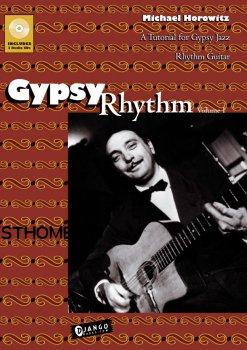
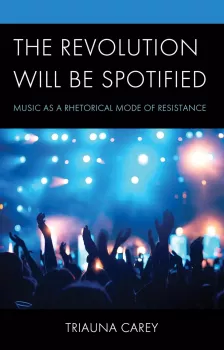
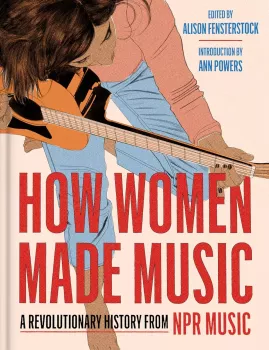
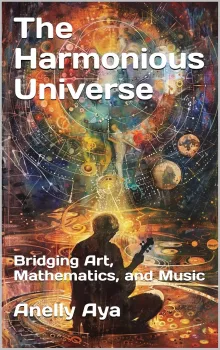


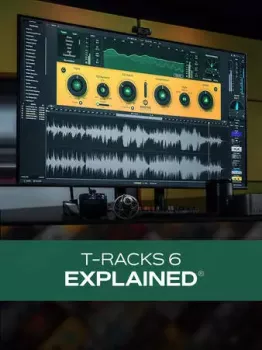
评论0